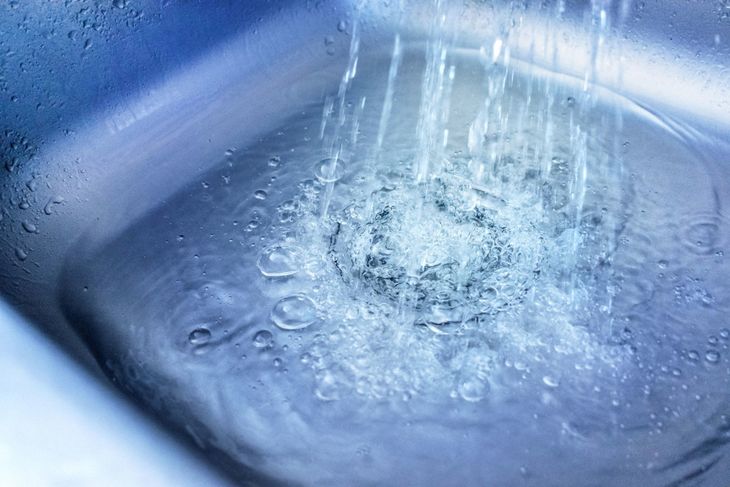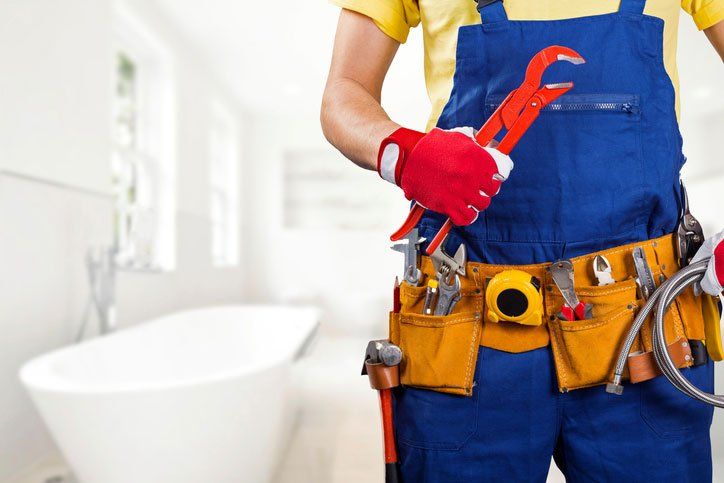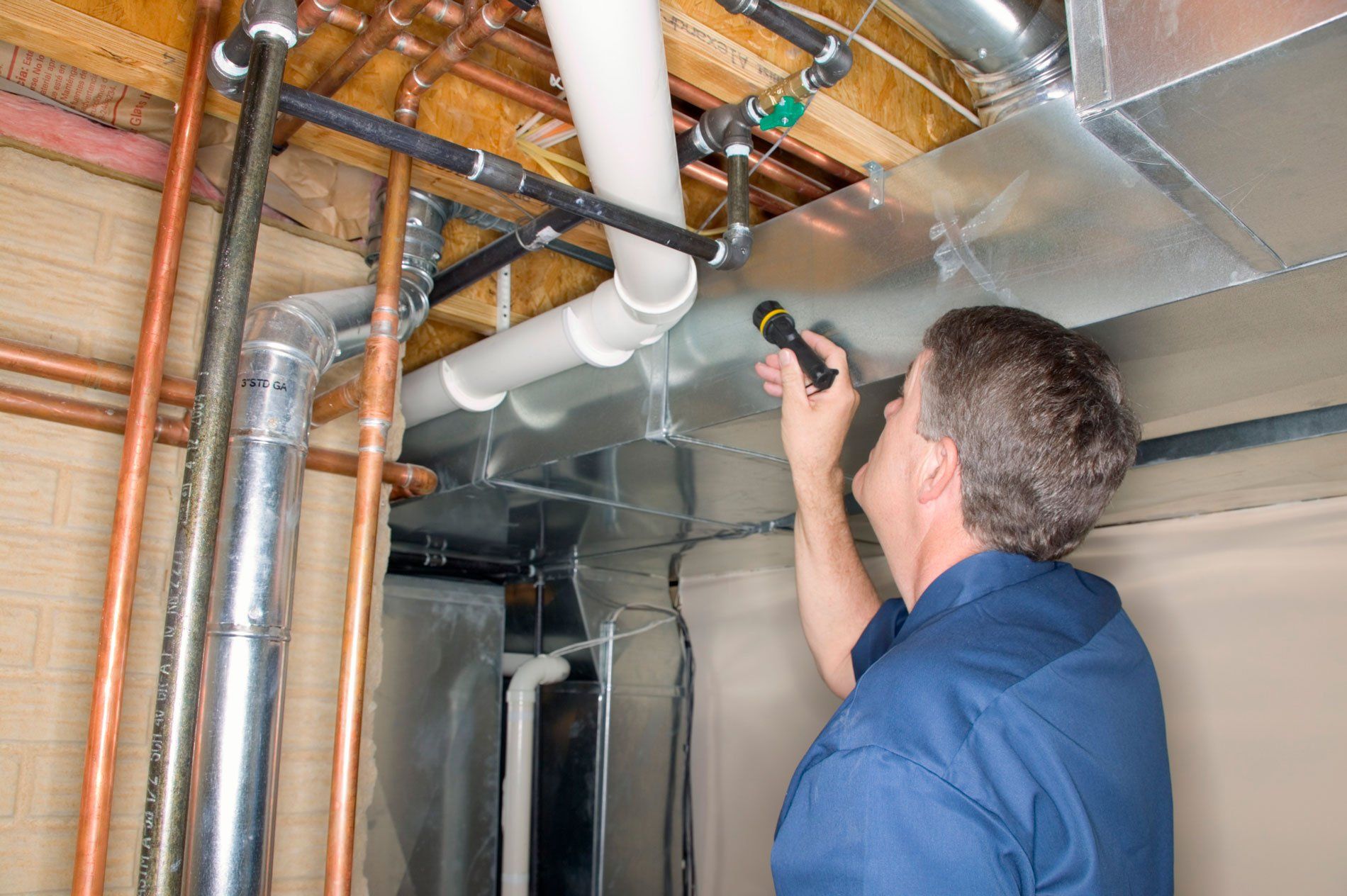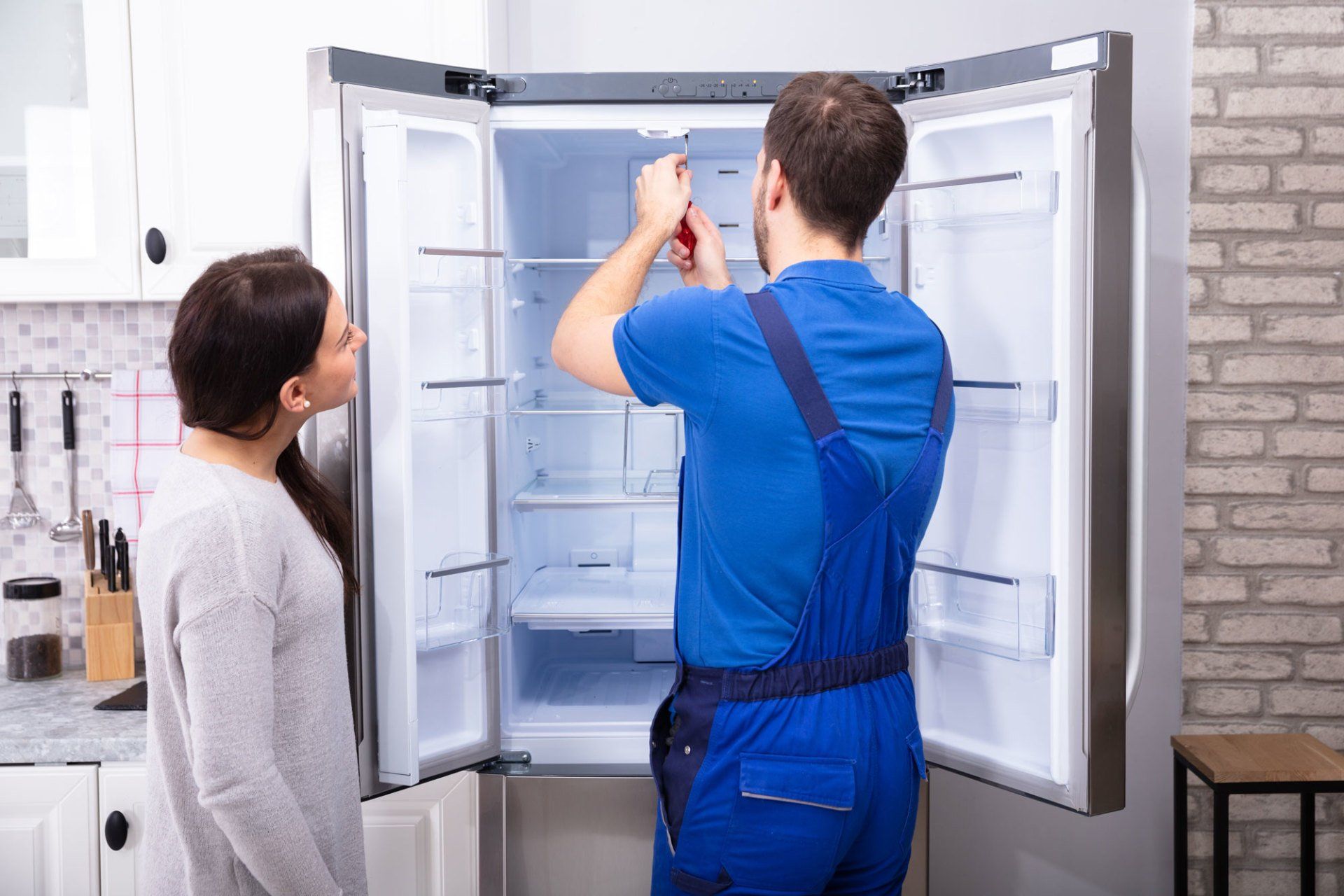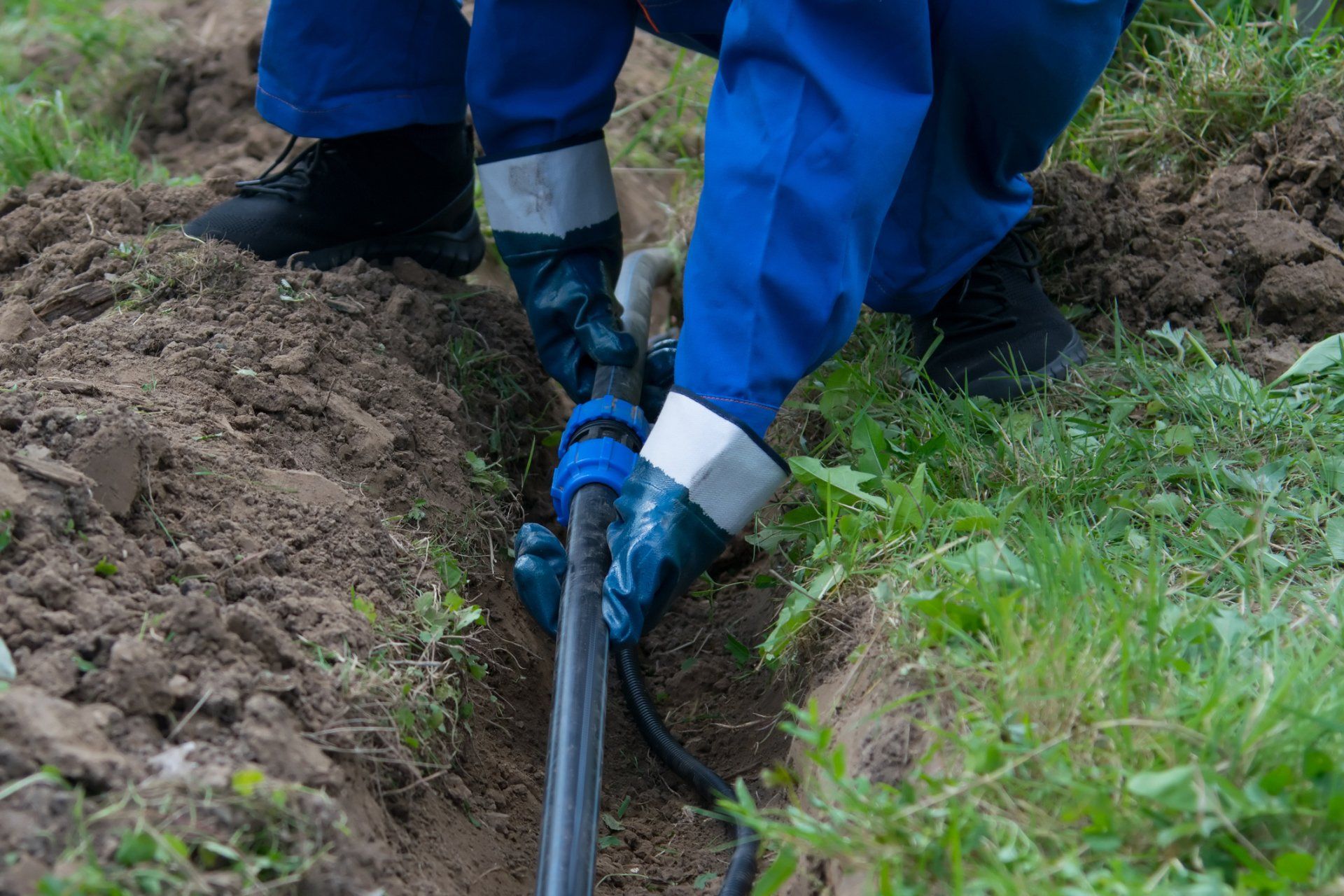1A Florida Plumbing, Inc.
Blog Layout
How to Fix Dishwasher Clogs
admin • Oct 18, 2019
At some point, you may notice your dishwasher does not properly drain after a wash. When the dishwasher stops, you may see some standing water. This can be frustrating, particularly because you have to run your dishwasher a second time. If you notice your dishwasher does not drain, here are some things you can try to clear the clog.
Turn On the Garbage Disposal
One of the first things you can try is running the garbage disposal. The drain hose from the dishwasher should empty into the garbage disposal drain. When the garbage disposal has some unground food refuse inside, the dishwasher will not properly drain. In many cases, just turning on the garbage disposal is enough to clear a dishwasher clog.
Clean the Air Gap in the Sink
If you do not have a garbage disposal, you should have an air gap in place. An air gap is a small cylinder with slots you install on top of the sink near the faucet. There is a small hose that connects the air gap to the dishwasher drain hose. The air gap works like a vent to keep any air from building up in the drain hose. However, the air gap can get clogs from debris.
To check the air gap, you can remove the part and look for any buildup. You can clean the part with just water and a brush. Start your dishwasher again to see if the drain problem persists.
Avoid Use of Regular Dish Detergent
Understandably, you are busy and cannot always get to a store to purchase dishwasher detergent when you run out. Many choose to use a bit of regular dish soap to run a load in the dishwasher. However, regular dish detergent creates too many suds and can prevent proper draining in the dishwasher.
If this has happened to your dishwasher, you will need to remove the water buildup in the bottom and run the dishwasher again with the proper soap.
Clean the Drain Basket
You can find a drain basket beneath the interior of the dishwasher. Your dishwasher model may have the basket held in place with screws. Once you remove any fasteners, the basket should easily come off.
You can remove the cover of the basket and look for any debris or buildup. If you see anything, you can easily remove the buildup by hand or with a wooden spoon. Replace the cover, and try another wash cycle.
Remove Any Hose Kinks
Over time, your drain hose may develop a kink. The drain hose connects the dishwasher's drain to either the garbage disposal or the air gap. The hose will not allow the water to drain if it has a kink.
A kink can occur if you accidently push a heavy or large item under the sink and hit the hose. You can attempt to straighten the hose, but you may have to replace the hose if you experience continual dishwasher backups.
Check the Drain Hose
If your drain hose does not have kinks, it may still have a clog with debris or food remnants. You have to remove the front panel and look for a ribbed hose which should connect to the drain pump.
Be sure to unplug the dishwasher first and avoid touching any wires. You should also place some towels beneath the dishwasher to prevent a mess in your kitchen. While most panels will easily snap off, you may have to unscrew the panels in some models. You then should disconnect the hose and blow through it to see if air will pass. If air does not pass through, you likely have a clog.
If you still experience a dishwasher that will not drain, you should call your plumber to get to the bottom of the issue. Please contact us at 1A Florida Plumbing, Inc.,
for assistance.

By admin
•
17 Jan, 2019
Did you know that water pipes have a limited life expectancy? Of course it makes sense because nothing lasts forever. But if anything were to last forever, it would be solid chunks of metal, right? Sadly, several forces, such as the corroding effects of water, can come into play and make your pipes unsafe or unstable and leaky over time. Here are some signs that your home may new water pipes this season.
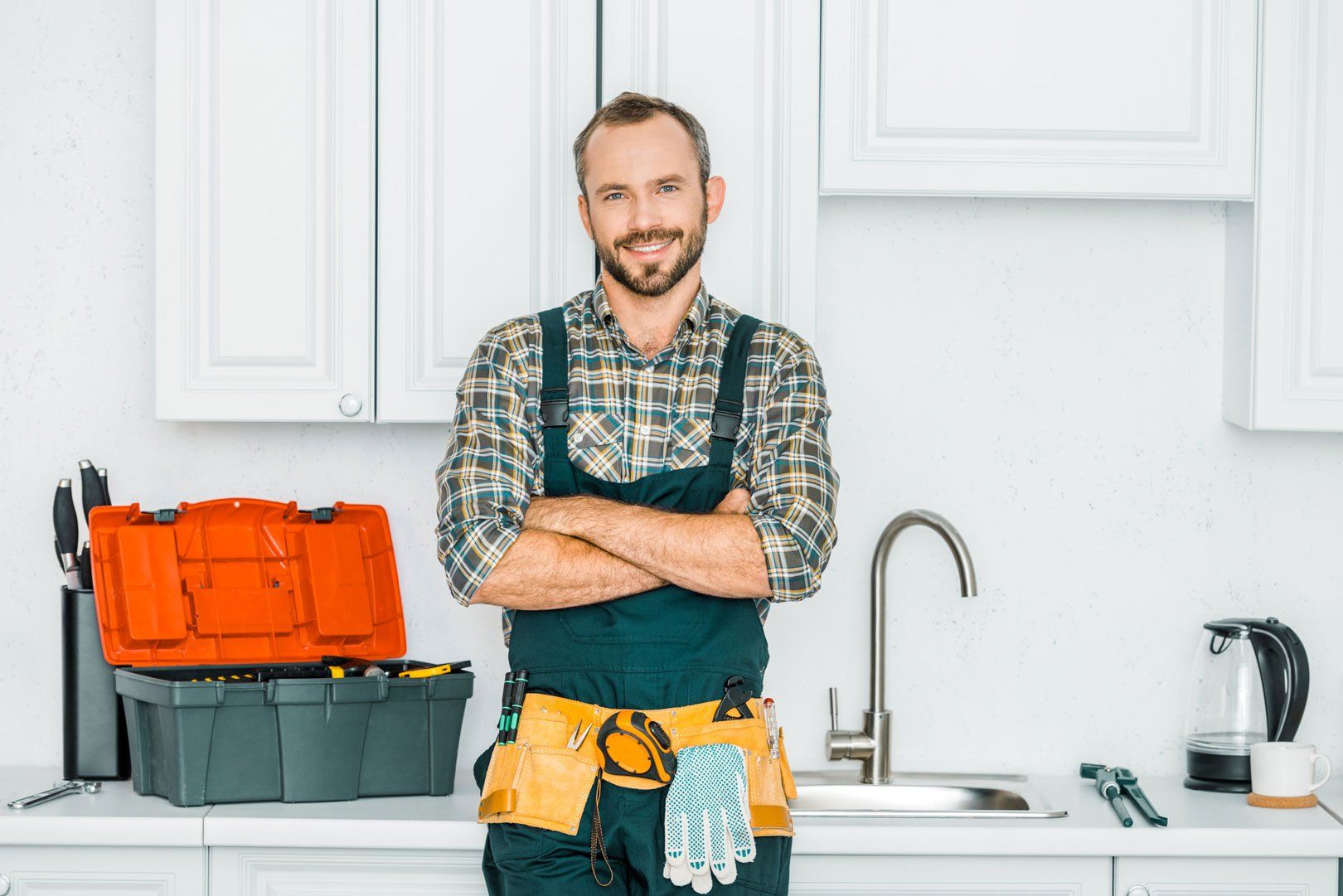
By admin
•
21 Sep, 2018
Most parents, even first-time parents, know the basics of child-proofing a house: including checking for sharp corners, stowing easy-to-grab items higher up, and adding child locks to cupboards, drawers, and doors. However, other parts of your home need an update for a baby that you might not realize, including your plumbing. Follow these simple tips to help your plumbing handle everything your new bundle of joy throws at it.
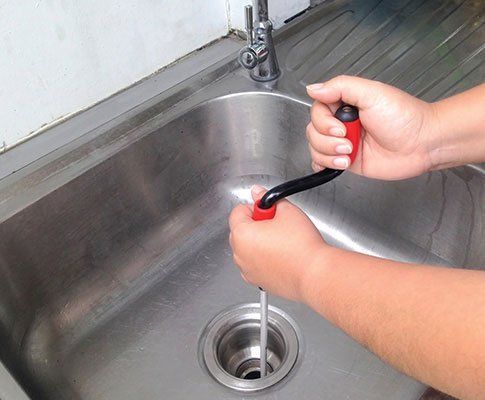
By admin
•
19 Jul, 2018
Plumbing clogs can be a big drag, especially in the summer when you're having yard parties and taking care of kids off from school. Luckily, you can do a few things to avoid clogs in your plumbing this summer. These tips will help you take care of your pipes and keep your home safe from clogs.
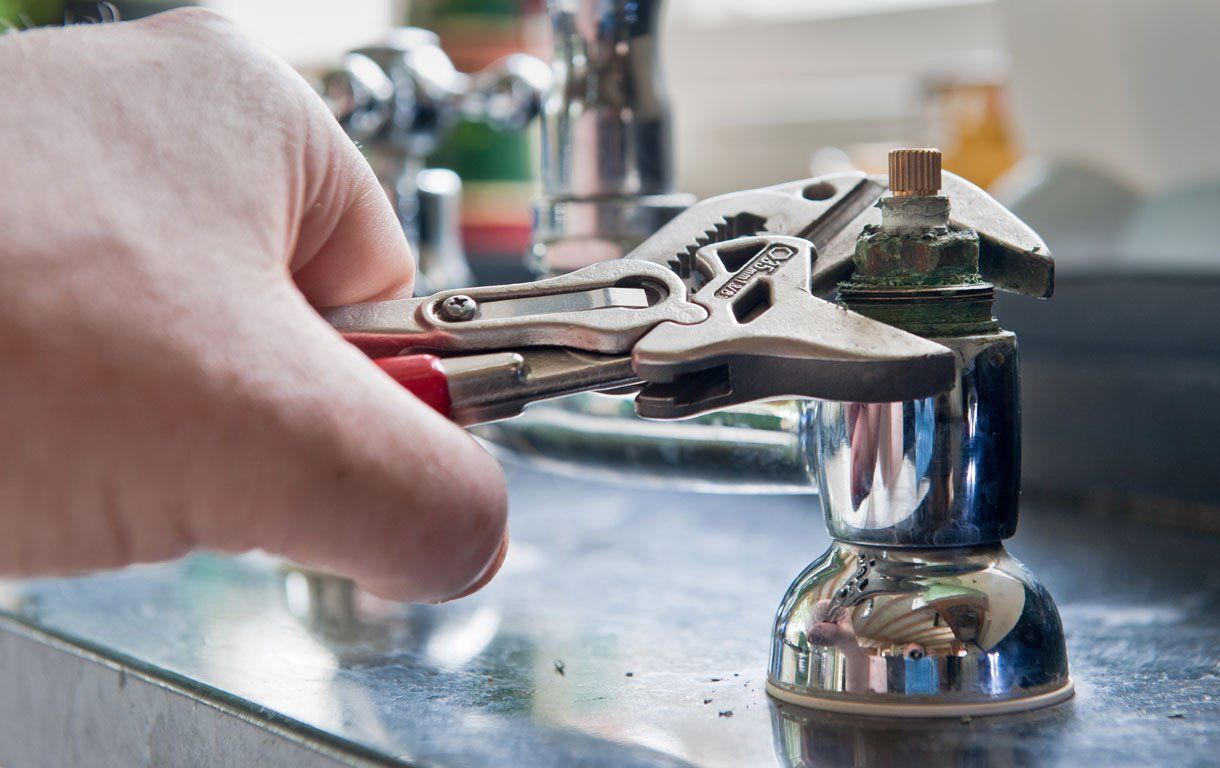
By admin
•
23 Mar, 2018
Most homeowners have experienced the occasional drain clog. You plunge the drain or perhaps use a drain snake, and the drain starts flowing again. Having every drain in your home slow down or stop draining at the same time is a different story. A plunger won't be of much assistance in this case. In fact, the correct way to address the problem depends on its cause. There are three main reasons why your whole plumbing system may stop draining at once. A Full Septic Tank If your home's drains empty into a septic system, your drain problems might indicate that the tank is full. Solids like human waste and toilet paper sink to the bottom of the septic tank, and they accumulate faster than they break down. When the solids start taking up too much space, there's not enough space left for water - so the water and waste you send down the drain won't have anywhere to go. Other signs that you need to pump your septic tank include smelly odors in your yard, toilets backing up, and excessive wetness in your yard. Luckily, your septic company can pump your septic tank in the span of a few hours, and your drains should flow freely again. Going forward, have your septic tank pumped every three years to prevent slow drains. If you flush cat litter, feminine hygiene products, paper towels, or anything other than human waste and toilet paper, solid waste will build up in your tank faster than normal and may lead to the need for more frequent pumping. A Blocked Sewer Line If you live in a more suburban or urban area, your home may be connected to a sewer system rather than a septic tank. There's a large pipe, about four inches in diameter, that carries all of your waste and wastewater into the public sewer line. The main drain line is prone to clogs, and when it does clog, every drain in the home can slow down or become blocked completely. Signs of a clogged sewer line are similar to those of a full septic tank. Every drain will slow down, and you might notice foul odors coming from your drains. Sometimes, sewage may back up into a sink or tub. Water may also back up into your washing machine. Your plumber can locate a main sewer line clog using a specialized camera. Many clogs are caused, at least in part, by tree roots growing into the line. Your plumber may mechanically remove the tree roots or even replace the overgrown line if the root growth is substantial. In the meantime, avoid flushing anything other than human waste and toilet paper. Napkins and wet wipes can get caught on roots and make the clog worse. A Plugged Sewer Vent Many homeowners do not realize that their sewer pipes have vents. The vents allow gas to escape, keeping your sewer lines at a low enough pressure to allow them to drain. Most sewer vents are on the roof. They can become clogged with snow, leaves, animal nests, or sewage. When a sewer vent blockage causes slow drains, you'll often notice gurgling noises coming from the drains. You may even see bubbles coming up into a full sink or toilet. The solution for a blocked sewer vent depends on what's causing the blockage. Your plumber can clear snow away and extend the vent to prevent future snow blockages. If debris is to blame, your plumber may use a grabbing tool to remove the debris and then replace the sewer line cap to limit future debris accumulation. Sewage clogs must usually be cleared with a plunging auger. All three of the problems above need to be dealt with by a professional plumber. If you're looking for a plumber in Miami-Dade County or Broward County, contact 1A Florida Plumbing, Inc. to make an appointment today.
BROWSE OUR WEBSITE
CONTACT INFORMATION
Phone: 786-991-6980
Email: 1afloridaplumbing@gmail.com
Address: 8961 NW 12 Pl Plantation, FL 33322
Business Hours
- Mon - Sun
- -
24/7 Emergency Service
Licensed and Insured


















OUR LOCATION
Content, including images, displayed on this website is protected by copyright laws. Downloading, republication, retransmission or reproduction of content on this website is strictly prohibited. Terms of Use
| Privacy Policy
